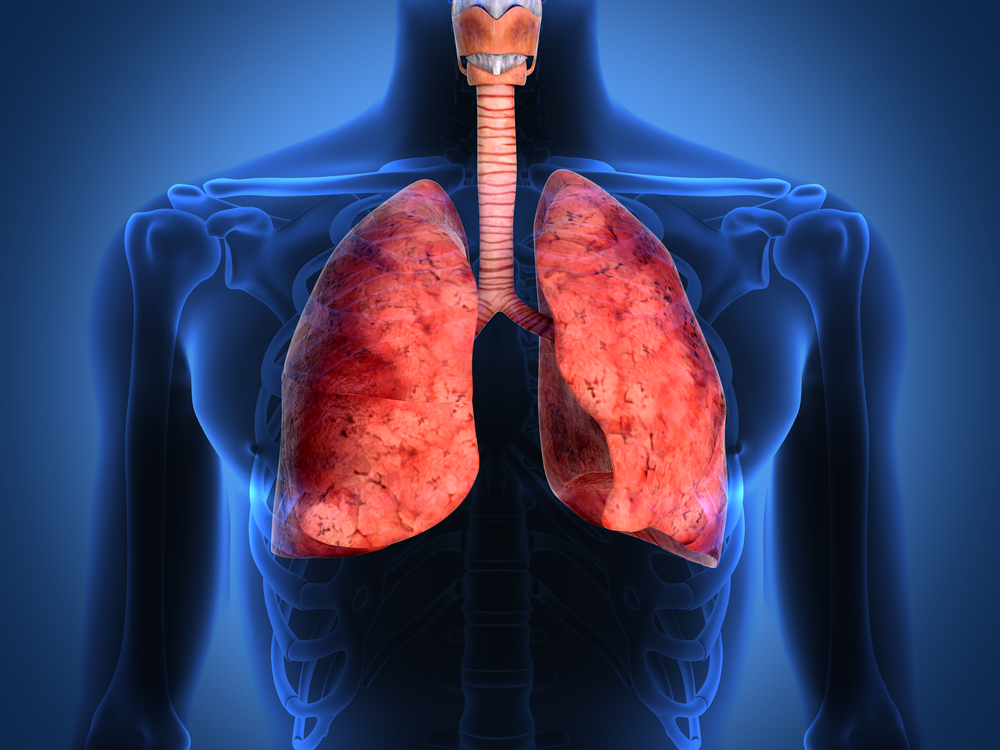According to a recent study published in the journal Radiology and conducted by a team of researchers from the Icahn School of Medicine at Mount Sinai (ISMMS), if patients with lung nodules undergo an annual exam with a key imaging technology, they could be easily identified for potential cancerous nodules, sparing the patients from unnecessary tests and surgery.
The researchers found that low-dose computed tomography (LDCT) is a safe and effective imaging-screening tool to monitor nonsolid lung nodules, which can potentially lead to cancer.
Lung nodules can be classified as nonsolid, part solid or solid, based on the way that they look on computed tomography, a tool that combines X-ray images and uses computer processing to produce cross-sectional images, or slices, of the blood vessels, bones, and body soft tissues.
“Nonsolid nodules are caused by inflammation, infection, or fibrosis, and in some cases indicate cancer risk,” said study co-author Claudia I. Henschke, PhD, MD, Clinical Professor of Radiology, ISMMS. “Our goal is to identify the nodules that require closer investigation and those that do not.”
The team of researchers examined the results from a total of 57,496 patients participating in the International Early Lung Cancer Program (I-ELCAP). All participants did baseline and a yearly follow-up screening. The aim was to assess the prevalence of nonsolid lung nodules and their long-term clinical outcomes impact.
The results showed that 2,392 baseline LDCT screenings (4.2%) identified a nonsolid lung nodule. Of these, 73 cases were diagnosed with cancer. Results from the annual screenings were able to identify a new nonsolid lung nodule in 485 patients (0.7%). Of these, 11 cases were later diagnosed with Stage I lung cancer. Prior to treatment, 22 cases of non solid nodules developed a solid component, a sign of invasive lung cancer.
Results showed, however, that the average period of transition from non solid to part-solid was about 2 years, indicating that non solid lung nodules can be monitored with CT every 12 months in order to identify a transition to part-solid nodule.
According to David Yankelevitz, MD, Professor of Radiology, Icahn School of Medicine at Mount Sinai, study co-author these results can lead to a reduction in the overtreatment of nodules.
“Our study shows the importance of annual screening and follow-up in the general population,” said in the news release Dr. Yankelevitz. “This could further reduce unnecessary CT scans, possible biopsies or even surgery for lung cancer.”
“Patients can be assured that annual screening intervals are sufficient,” said Dr. Yankelevitz. “This is a major step forward for lung cancer screening protocols.”

